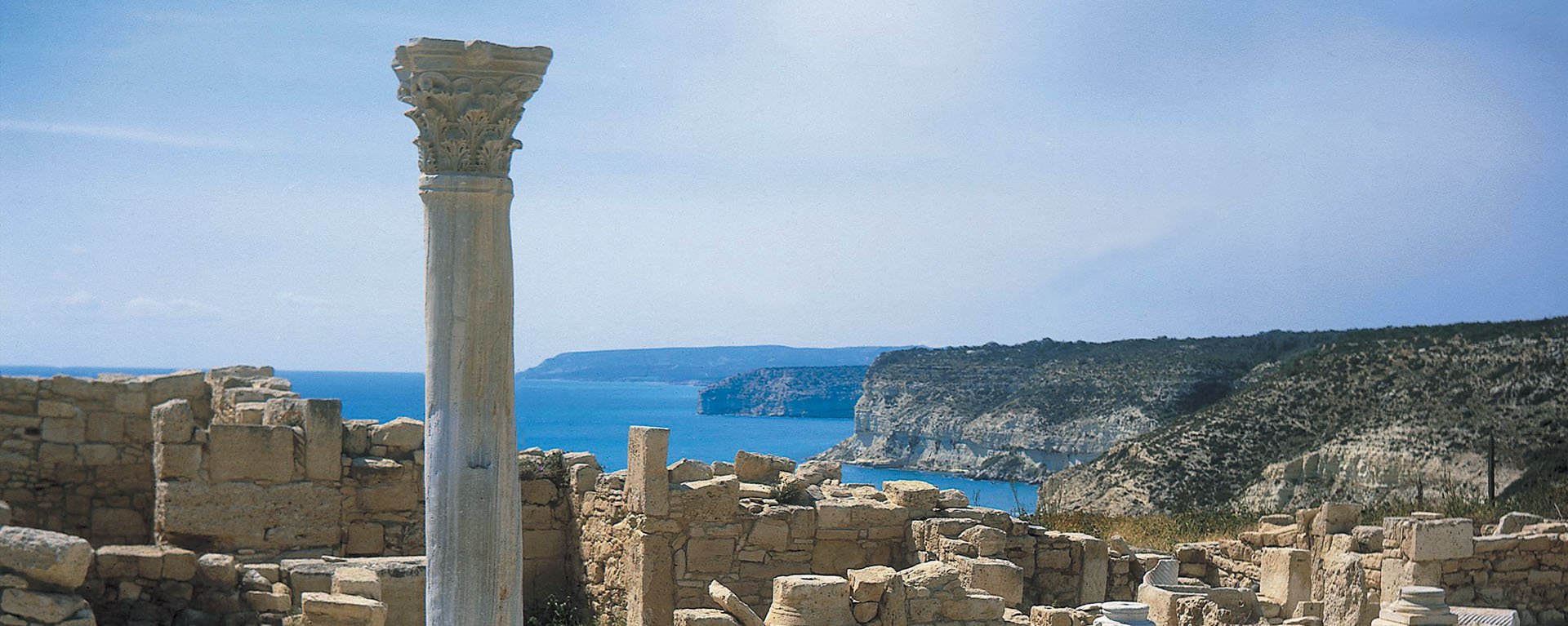
Amathus
The ruins of this ancient city kingdom, found a few miles to the east of Limassol, date back at least three thousand years. The city itself took its name from Amathusa, the mother of King Kinyras of Paphos.
Set on the high coastal cliffs and offering stunning views of the Mediterranean, the city rapidly grew in importance and amassed great riches within a short period after its founding. Around the 8th century B.C, a port was constructed to aid trading between the Levantines and the Greeks. Unsurprisingly, a temple dedicated to the worship of Aphrodite was also constructed around the 1st century B.C.
Legends also proclaim Amathus to be the site of Adonia, a regular festival in honour of the god Adonis.
With a rich and flourishing agriculture and mining operations stretching as far afield as Kalavasos to the east, Amathus was a prosperous city for many centuries.
During Roman times, the city was made the administrative centre of the region and during the 4th century it was made the Episcopal See. Amathus continued to prosper well into the Byzantine period.
The city's downfall came in 1191 A.D, when King Richard the Lionheart razed Amathus to the ground and had much of the building stone moved to Limassol, there to be used in new construction.















